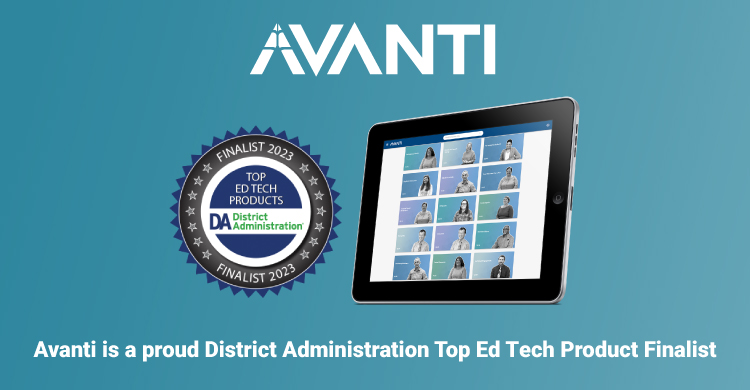Do you remember that moment when you realized you couldn’t go anywhere without your Smartphone? There was a tipping point when the technology in your hand became an inseparable accessory to both your personal and professional life. Malcolm Gladwell describes tipping points as those magic moments when ideas, trends, or social behaviors cross the threshold and become fully saturated in the culture (Gladwell, 2000). Everywhere we look, the change is there.
While technology has always provided meaningful change in schools, the unprecedented capacity to connect we’ve enjoyed in the last two decades has brought heretofore unrealized opportunities that we are still adjusting to and conceptualizing. While we have had many misses with technology in the last several decades of advanced growth, we have come to know this: technology is best when it allows us to accelerate our humanity…not replace or diminish it.
To that end, all signs point to the possibility that we are on the precipice of embracing one of the most powerful advantages of the evolution of technology. That advancement revolves around the application of virtual teaming to the teaming process.
For this blog we will accomplish three things:
- Define virtual teams
- Make the case why they enhance our humanity and capacity to innovate
- Explore why virtual teams might create a tipping point moment
So what is a virtual team?
Virtual teaming is a term for describing the strategic approaches required for encouraging a group to use technology in a thoughtful and strategic way to work interdependently to achieve shared goals for which members are mutually accountable. Virtual teams not only require thoughtful adherence to what it means to be a team, they also must make thoughtful use of technology to embrace and, in some cases, enhance the power and potential of teams.
In thinking about this definition, remember this: technology has become so ubiquitous today that very soon, virtual teaming may be a rather unnecessary term. Most teams today are already virtual. Smartphones, tablets, and even simple e-mail threads create asynchronous conversations and the opportunity to carry conversations forward, long after the moment of face-to-face meeting opportunities.
How do virtual teams enhance our humanity?
The reason social media is so popular today is because human beings are tribal, social creatures. As cringe worthy as it may sound, any ancestors you had that didn’t play well with others and didn’t seek to live in a tribe likely didn’t survive. We have always found strength in numbers and engaging in the altogether human endeavor of sharing an innovating is at the heart of what it means to be human. In the 20th century we lived through a very unfortunate page in human history wherein industrialists chose to strategically disengage this tendency for the sake of power and bureaucratic control over a largely uneducated workforce (Reason,2014). PLCs in schools and the TQM movement in business represented some of the responses to this unfortunate trend that brought teaming back to work and brought us back to our humanity (DuFour, DuFour, Eaker, & Many, 2010). Virtual teams take this advancement further and allow us to continue to connect at times good for us and at moments when our brains are at their best. Virtual teams wherein participants post and respond at various times of the day allow participants to log in and contribute after some much needed rest, think time, or simply when the team-member is at their best. This allows us to bring the best of ourselves to our work.
Why are we on a tipping point?
Like any futurist prediction, we make guesses about tomorrow based on what we are seeing today. Consider this: we have more hand-held devices in the world today than we do toothbrushes. Yet, in many schools we still don’t make use of virtual teaming as much as we should. Or, if we do, we really don’t use them consistently to connect and innovate. At best we may use them to keep us organized. While organization is helpful, we know this: the true merits of virtual teams emerge when they allow untold numbers of participants to work together, bring resources, connect with others outside of the team, and then ultimately bring new learning back to the team. Just a few years ago millennials were the minority. Soon, most of the leaders in schools will represent the generation that grew up, at least in part, digital. That shift in leadership experience and the increasing ubiquitous presence of the power to connect will change teaming forever and will bring this concept of virtual teaming to the forefront of innovation in schools today.
See how to get started with virtual teams.
References:
DuFour, R., DuFour, R., Eaker, R., & Many, T.W. (2010). Learning by doing: A handbook for professional communities at work. (3rd ed.). Bloomington, IN: Solution Tree Press.
Gladwell, M. (2000). The tipping point: How little things can make a big difference. Boston: Little, Brown
Reason, C. (2014). Stop leading like it’s yesterday: Key concepts for shaping today’s school culture. Bloomington, IN: Solution Tree Press.
[author_bio id=”67″]






